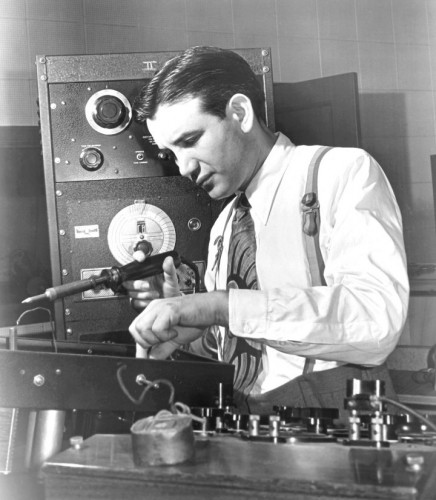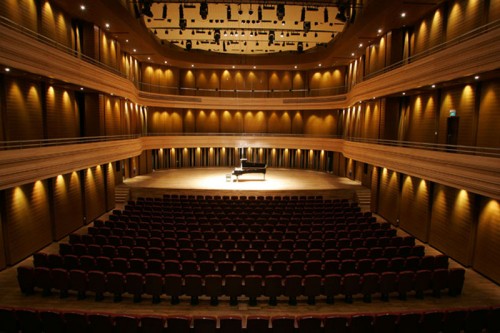I Built Your Amplifier
Thursday, January 28th, 2010
Interest is picking up so this evening I am spending time soldering some new amplifiers! I couldn’t help but think, “Gee, if I outsourced assembly of the PC boards, then I could just worry about final assembly and have some extra time…”
Is this how it has started for companies in the past? It’s so easy to fall into the trap of offloading some of the more tedious tasks to somebody else – somebody who doesn’t know or care about your customers – somebody who is only doing a good job because you are paying them to do so. There’s not a chance I’m going to do this! Big amplifier manufacturers may scrap more units then I will ever build, but I’m not going to change how I’m doing it. I like to know that my customers will receive something I have created with my mind and built with my hands.
Needless to say, when you purchase an amplifier from Hephaestus Audio, you may count on the fact that I built it for you – even if I occasionally toy with the idea of doing it another way. Maybe it was just the solder fumes going to my head? 🙂

